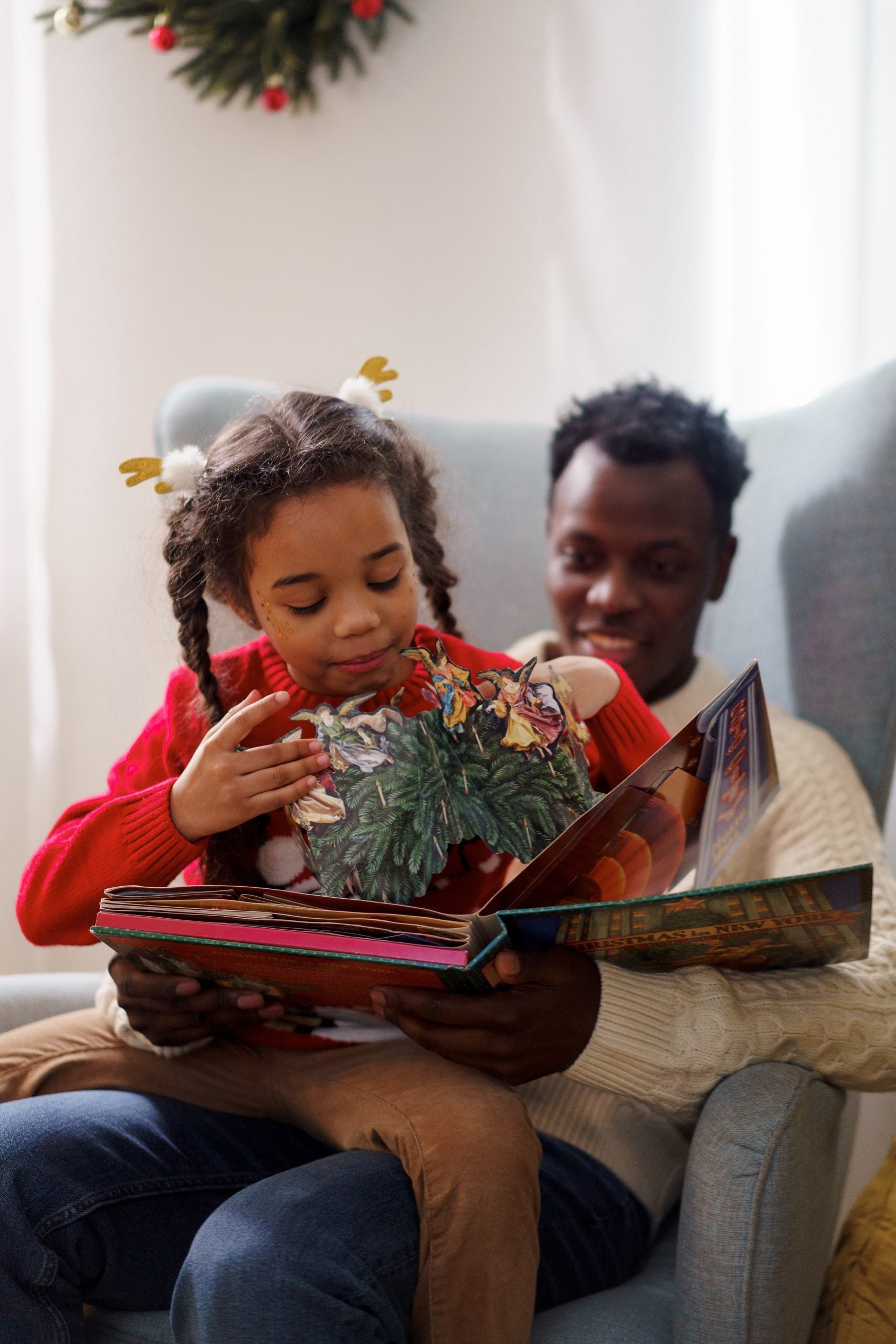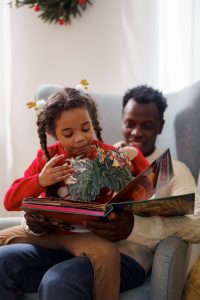“Hey, what’s the big idea?” When reading a story, how do you know what the author is trying to tell you? You figure it out based on your life experiences and what you know about the topic. Learners with combined vision and hearing loss may not have life experiences on which to build when participating in literacy activities, therefore they may have difficulties understanding the big idea/concept in the story.
Let’s take Zoe, for example. Each day her teacher reads a story and asks related questions. Then using hand-over-hand assistance, a paraprofessional guides Zoe to press an adapted voice output device to respond “Yes” when the teacher asks Zoe a question about the story. Chances are, Zoe doesn’t understand the purpose of pressing the switch. There is not a connection that pairs the voice output device to the purpose or concept of the story. Zoe is a passive participant, with life happening TO her and not happening WITH her as a part of it. She needs to participate in meaningful activities in order to understand how the world works.
Concept development helps the learner know what and why an event is happening and how they can generalize into new situations. When basic concepts are experienced, these skills are stored in long term memory to use in future life experiences. When Zoe is only participating through hand-over-hand assistance to press a voice output device, she is only learning the cause/effect of pressing the switch, not the life skill or concepts addressed within the lesson or story.
So if we are to determine the best way to guide Zoe, what would it look like?
- Discover Zoe’s most effective communication modes, physical access, and learning styles through appropriate assessments that address her combined hearing and vision loss and other areas of need.
- Discover Zoe’s background of experiences and build on those. For example, she participates in job skill activities of picking up candy pieces and placing them in a bag. This job skill addresses the concept of ‘in’.
- Build on that skill by creating a storybook about placing objects ‘in’. This book will allow Zoe to practice and generalize the concept through active participation in the story.
For more information about assisting learners with deaf-blindness with developing concepts, check out ideas on the link below. (based on information from Barbara Miles, M.Ed. and Barbara McLetchie, Ph.D. from NCDB).
https://www.nationaldb.org/info-center/developing-concepts-factsheet/
What activities have you included in your classroom or home to help learners with deaf-blindness develop concepts in their world? Share your ideas below!
Julie Brickhouse, M.Ed., NBCT, East Carolina University DeafBlind Project Teacher Support Program, Technical Assistance Consultant


